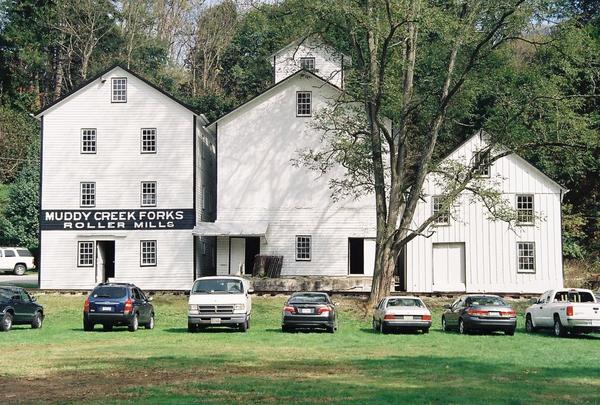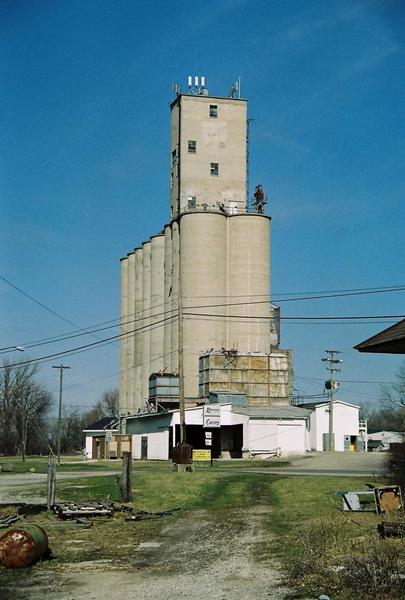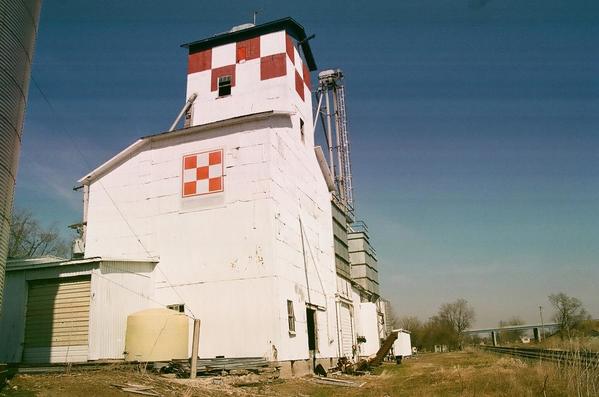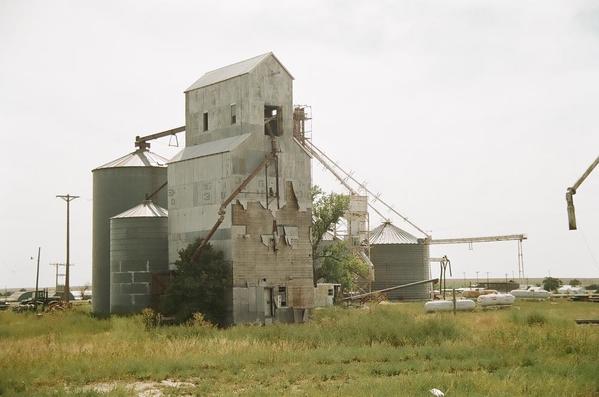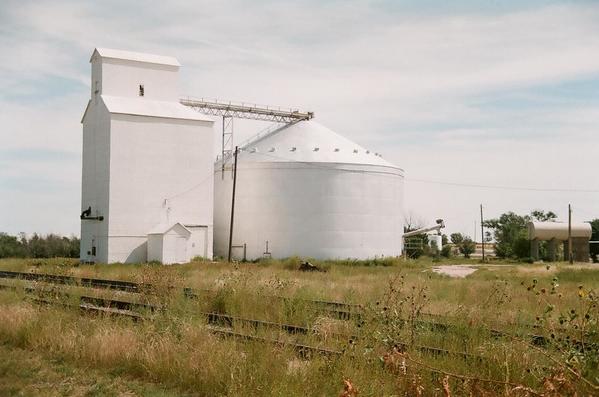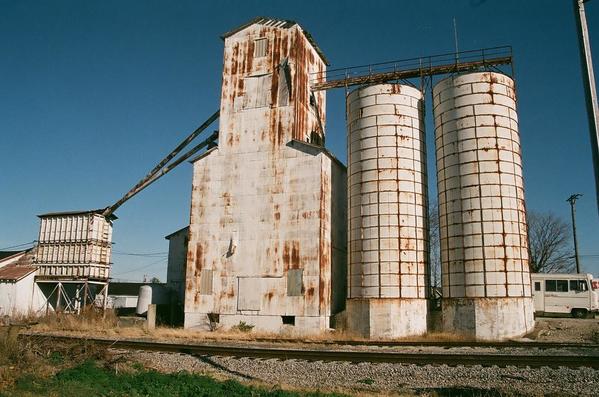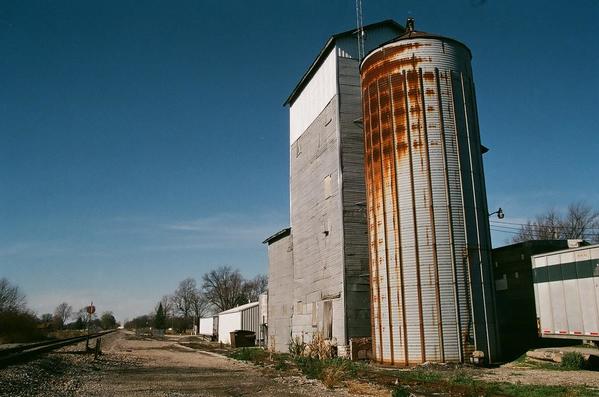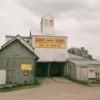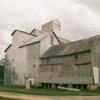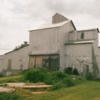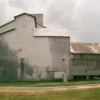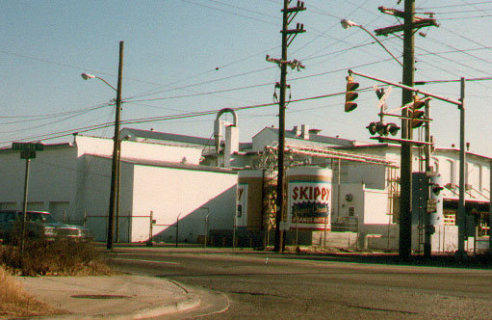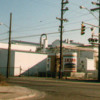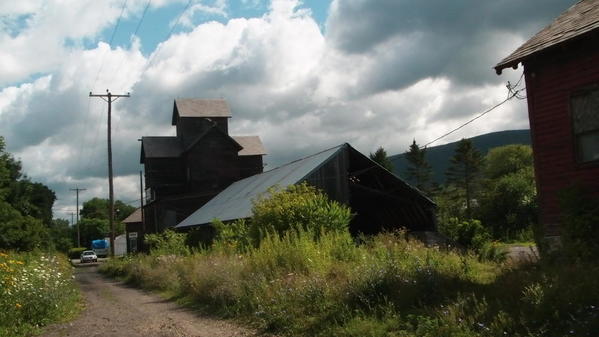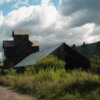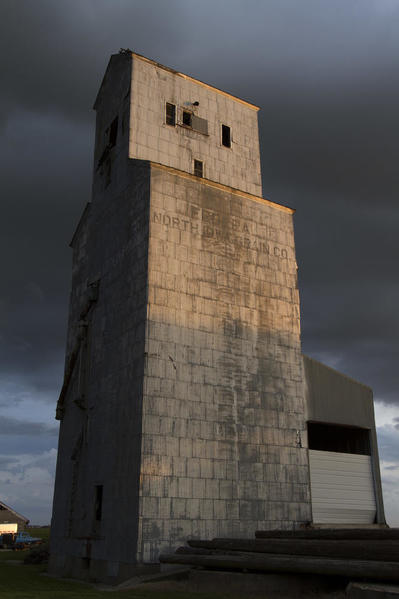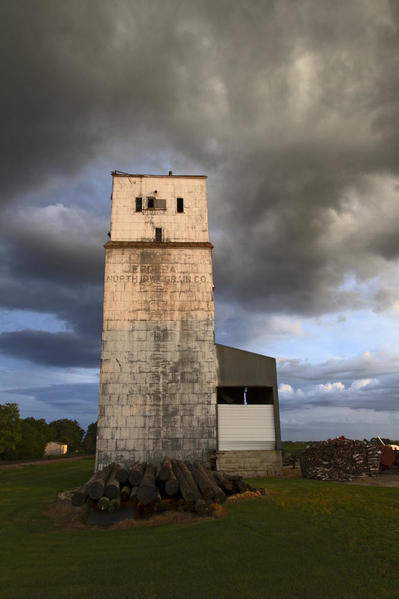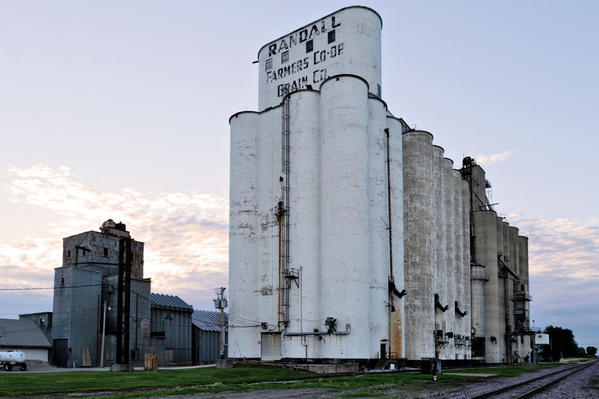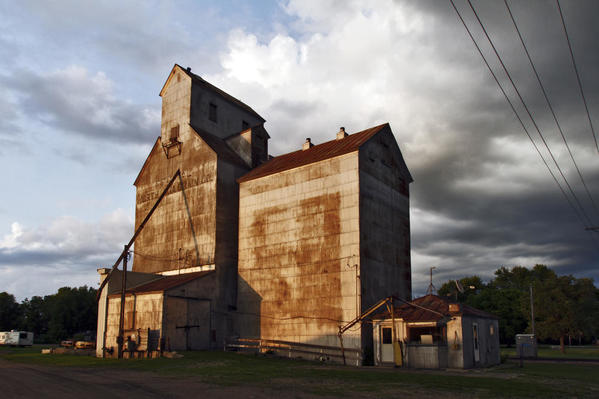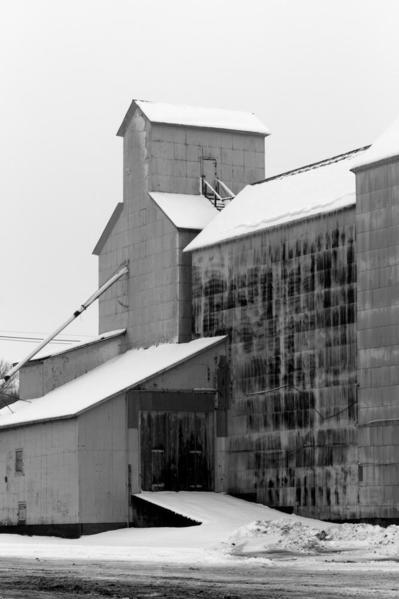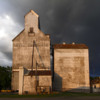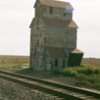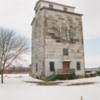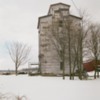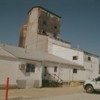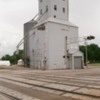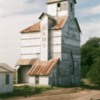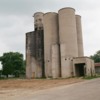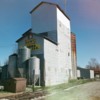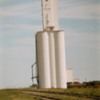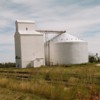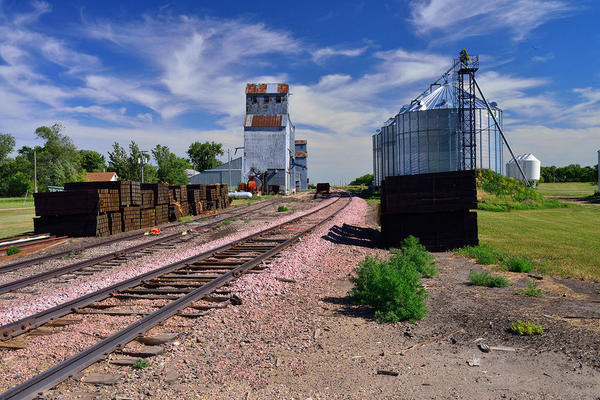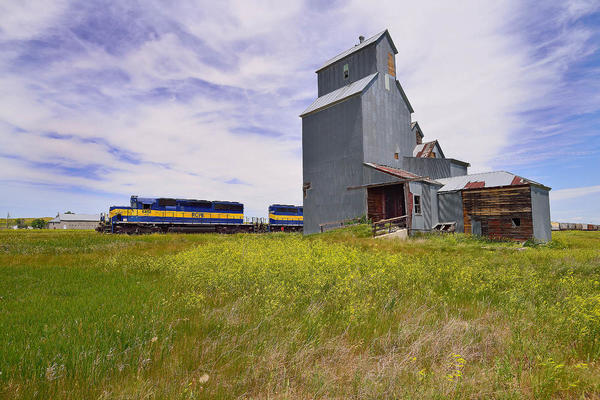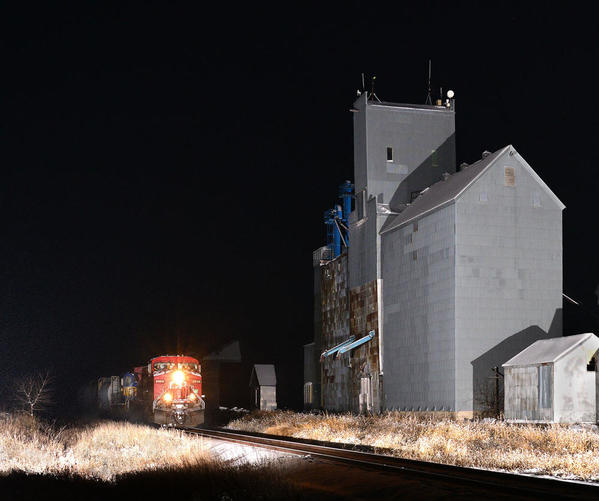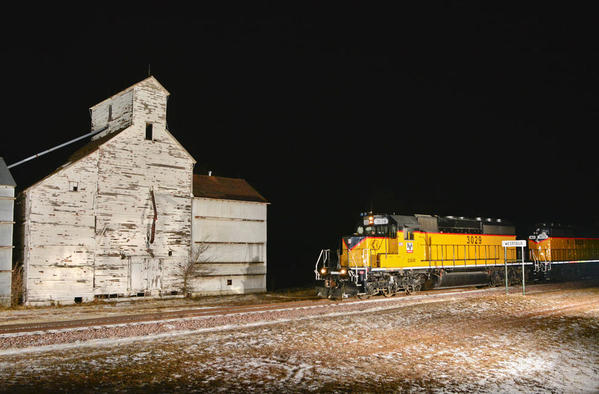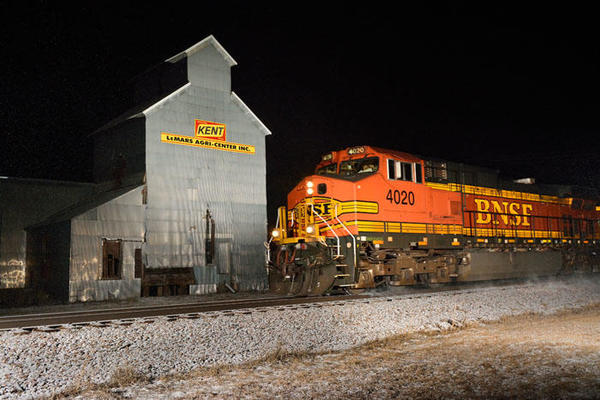I am about done with this Markle Mill O scale elevator kit, which has made into a "rusty corrugated" model, and I would like to see photos you have taken of ones near you, common from Ohio to Colorado. Concrete ones don't do anything for me, but I have seen a lot of wooden framed ones, many in ruins. There have to be a lot I have not seen. Some would make good models. And..your model's photo is certainly welcome.
Replies sorted oldest to newest
Not a grain elevator but a grain bin.. And not track side... So may not be what you have in mind, but I saw it the other day in NE OK
Attachments
There is a rice elevator in Katy TX which was converted to the No Name Brewery!
Attachments
Here goes with the "Winchester House" elevator.....I'd like to build a model of this.
Attachments
Around here we have silos for peanuts.
Not sure what was in these tanks/silos, but here's a shot of the old Skippy Peanut Butter plant that was here in Portsmouth for your amusement:
One Smooth, One Super Chunky ![]()
The tracks in front are part of the Norfolk & Portsmouth Belt Line RR that serves the Tidewater area.
Attachments
Burlington, WI

Dominic Mazoch posted:There is a rice elevator in Katy TX which was converted to the No Name Brewery!
And it's darn good beer too! At least they're still processing grains there.
Attachments
Attachments
I did an elevator safari today, but just came up with 3 or 4 in Eastern Indiana that I will post. Also, there is one huge long wooden one in shambles there, and another that you cannot find in the summer, for, as tall as an elevator is, the trees and brush completely hide that one. (I went back in the winter) I need to hunt those photos up and post them.
If I can get them posted, here are some more photos that I have on disk files. Others are not on disk so can't be posted
Attachments
More....
Attachments
Elevators on the Northern Plains are pretty generic. Most were built starting in the 1880s and up to about WW1. After that the concrete tubes began to appear. Not sure when the wooden elevators began to be clad in tin sheeting, but I'm guessing the 1930s. They don't seem to have done that in Canada, or in the western part of the Dakotas. Maybe that was because of the dry climate? I'm pretty sure the wooden elevators were pretty much retired by the 1960s in most places, 1980s for sure. Farms got bigger and the newer hybrid crops increased the harvest tremendously. Corn is now up to 200 bushels per acre, wheat was once 30 bushels per acre and now can top 70 bpa. There is so much corn now that instead of using even the newer steel bins, they build huge bunkers on the ground, dump it in mounds, and cover with plastic sheeting. I have no idea how many photos of elevators I have, plus a nice collection of 100+ yr. old photos of them taken with the original farmers.
They call them "elevators" because the grain would have been elevated to the top of the building and dumped (by gravity) into internal bins. Originally the elevators had a vertical chain of small scoops/buckets that carried the grain to the top. At the top of the elevator is the manifold, which allows you to select which bin the grain is to drop into. The bucket chain was powered by horses originally, on tread mills. Later, they were powered by electric motors. I'm not aware of any that were powered by steam traction engines. Maybe that would be too dangerous as grain dust is highly explosive? Now, most all grain moves through augers at very high speed. I believer the largest grain elevators are the ones in Hutchison, KS. They are immense and mostly hold wheat. Corn is more profitable to grow, but as you head West it's too dry to grow it reliably. Wheat has a shorter growing season and requires much less water than the other main row crops (corn & soybeans.)
Kent in SD
Attachments
I took these almost exactly 12 years ago in the town of Baldwin in western Wisconsin. I was waiting for the now discontinued UP Triple Crown to come by on the ex C&NW 400 route (Altoona Sub).
There were three different businesses, a feed mill and two elevators, none had active rail service. This is prime farming and dairy country.






